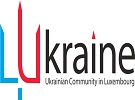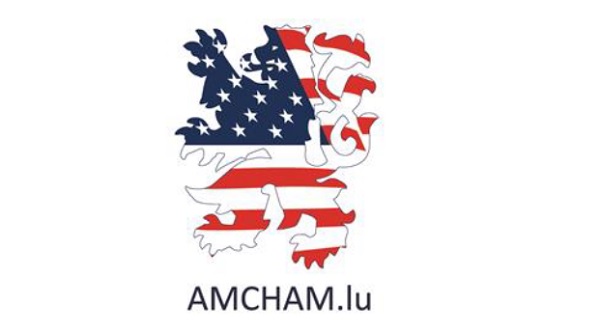 Prof Jan Lagerwall;
Credit: Michel Brumat / University of Luxembourg
Prof Jan Lagerwall;
Credit: Michel Brumat / University of Luxembourg
On Monday 7 February 2022, the University of Luxembourg announced that Professor Jan Lagerwall has been awarded a Proof of Concept grant from the European Research Council (ERC).
Prof Lagerwall, a soft matter physicist at the Department of Physics and Materials Science at University of Luxembourg, will work on the production of sheets and fibres of smart sensors, with applications in monitoring health and stability of buildings, and in smart textiles.
This is the third ERC grant received by Prof Lagerwall. Earlier, he received an ERC Consolidator Grant in 2015 to carry out fundamental research into liquid crystals and their composite materials, followed by an ERC Proof of Concept grant based on the Consolidator Grant research.
With the emergence of Internet of Things (IoT), Industry 4.0 and increased availability and performance of sensors, new generations of smart products are evolving that can communicate information in near real-time. Mechanical sensors, which often measure strain, are key components in many scenarios of smart objects.
Prof Lagerwall said: "At large scale, they are invaluable for monitoring the structural health of our built environment, such as houses, bridges and event arenas. Distributed strain sensors are highly useful for detecting and monitoring cracks in concrete structures as a function of ageing and wear, and after extreme events like earthquakes, hurricanes, or flooding they can help determine if buildings have suffered dangerous plastic deformations. With the next generation of smart buildings being erected to counter these problems, there is a strong market opportunity for suitable mechanical sensors".
Current technology typically employs one-dimensional strain sensors with low spatial resolution (one sensor, one value), giving limited information about complex deformations. Prof Lagerwall and his team propose a solution offering two-dimensional distributed strain sensors with high resolution, as well as a one-dimensional version apt for smart textiles. The two new concepts for non-electronic strain sensing, both based on the mechanochromic response of Cholesteric Liquid Crystal Elastomers (CLCEs), change colour in response to mechanical deformation. The grant proposal includes simple and scalable procedures for making CLCE sheets of large size and fibres of arbitrary length, which exhibit excellent local mechanochromic responses (from red to violet) upon strains of up to 200%.
Prof Lagerwall explained: "Through the Proof of Concept, we will produce large-size CLCE sheets and long fibres, and assess their application potential, for instance in the monitoring of structures, smart clothing and sports gear. We aim notably to ensure that the CLCE sheets show consistent and tuneable colour with sufficient time stability. Finally, we will assess how useful and efficient the products are in specific target applications".
The sheets can be glued across their full area onto materials like concrete, wood, plastic, glass or steel surfaces. Application also spans into wearable items: fibres can be woven into fabrics or sewn into elastic garments without impairing user comfort, and they survive long-term use and machine washing. This new generation of smart textile fibres can be particularly useful in sports and healthcare clothing, wearable robotics, innovative fashion and art.
The research project will continue until 2024, after which a commercialisation phase will start.








